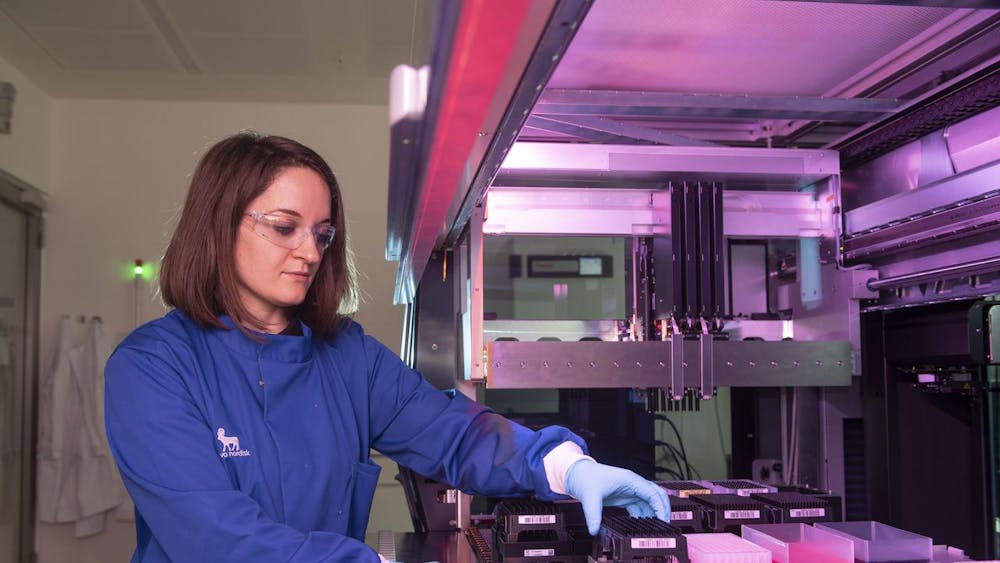In Steven Spielberg’s “Minority Report,” the main character walks down a long corridor as personalized advertisements chase after him along the walls.
A video billboard shouts to Tom Cruise’s character in the film: “John Anderton, you could use a Guinness right about now!”
Current advances being made in computer science indicate that real-time advertising, specifically tailored to individuals, will soon exist outside of science-fiction movies.
Thomas Huang, professor of image formation and processing at the University of Illinois’ Beckman Institute, is developing a new software program that will allow computers to recognize a person’s age, gender, ethnicity and even emotional state.
The principal aim of such a program is to create more sophisticated methods of advertising.
As a person stands in front of a camera, the program will be able to decide what commercials are appropriate to display according to his or her demographic, Huang said.
“What this does is tailor messages in real time,” said Raymond Burke, a professor of marketing at IU’s Kelley School of Business.
A large part of developing the software includes training its algorithm. It is routinely presented with images of faces whose ages are known, and it extracts information about the faces’ feature points and textures.
“It’s a holistic approach,” he said. “It takes the whole face into account.”
Using a database of 1,600 faces to train its algorithm, the program is able to estimate the age of anyone between one and 93 years of age.
The program is 50 percent accurate in gauging a person’s age within five years, but the accuracy jumps to 80 percent when the age bracket is expanded to a ten-year margin, he said.
Although the program will not be precise enough to use at clubs to prevent minors from entering, or in cigarette vending machines to enforce age limits, the rough estimation of a shopper’s age could be used for advertising and marketing research applications.
Burke said the estimation software will allow retailers to track the demographic profile of their customers and tailor digital messages to shoppers’ interests.
That will increase the efficiency and effectiveness of advertising communication, he said.
“People are more likely to pay attention and respond to those messages,” Burke said.
But the new technology could create some sticky ethical issues.
Shoppers might become concerned that the technology invades their privacy, Burke said. Or problems might arise when promotional offers are extended to some people and not others, he said.
“If people feel like they are losing control over their personal information, then there could be a consumer backlash,” he said.
Huang said the program is not a threat to privacy because it cannot determine an individual’s identity.
Despite the allure of new technology, not everyone is comfortable with the idea of having advertising tailored to their demographic.
Michele Boulais, a freshman political science major, said she is not particularly comfortable with the idea.
“It’s not Big Brother necessarily — that would be an overreaction,” she said. “But I would like to not be a part of a market research study.”
Boulais said she still thinks the idea is interesting, but that advertising is already pervasive enough.
Technology to make ads more personalized
Get stories like this in your inbox
Subscribe





